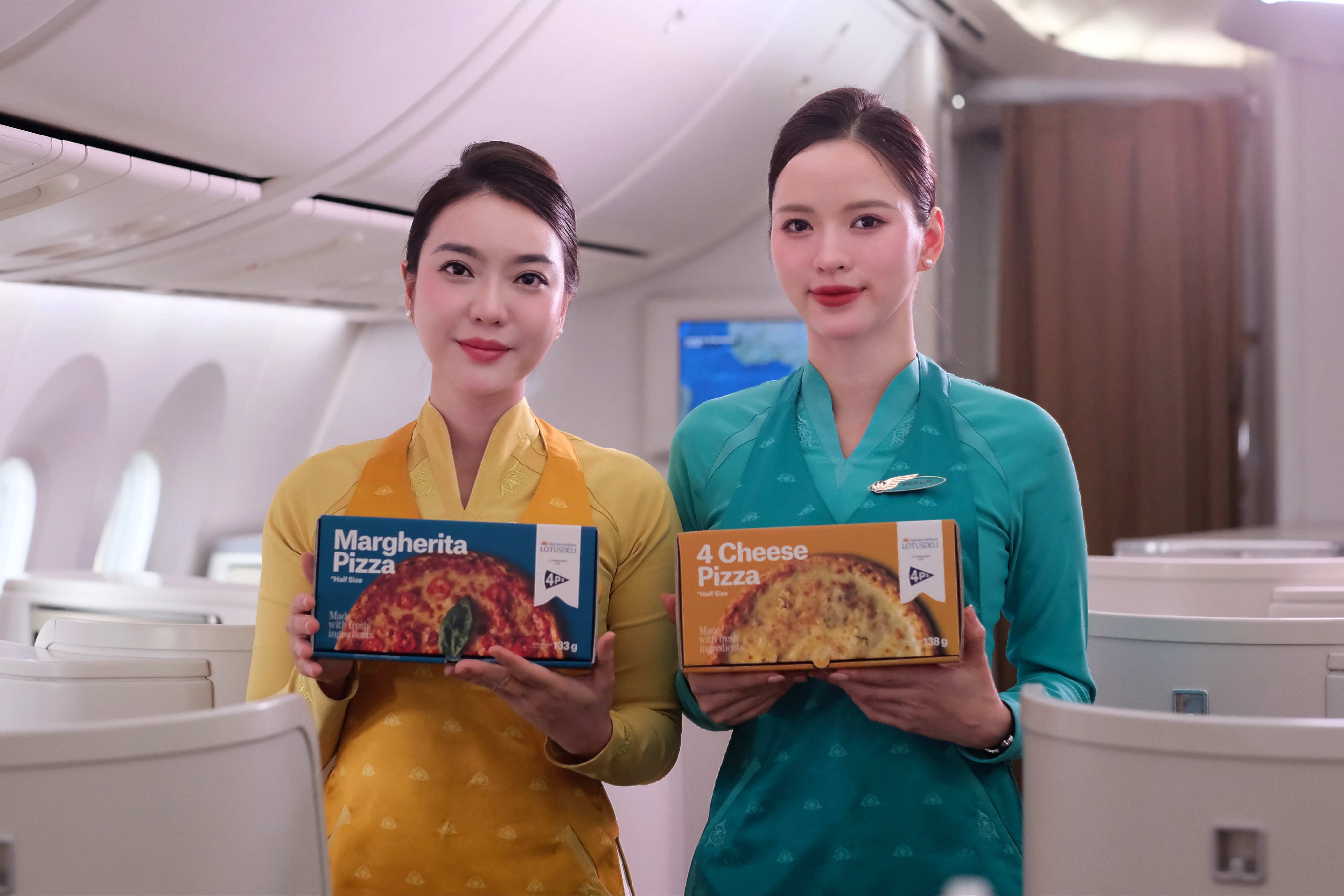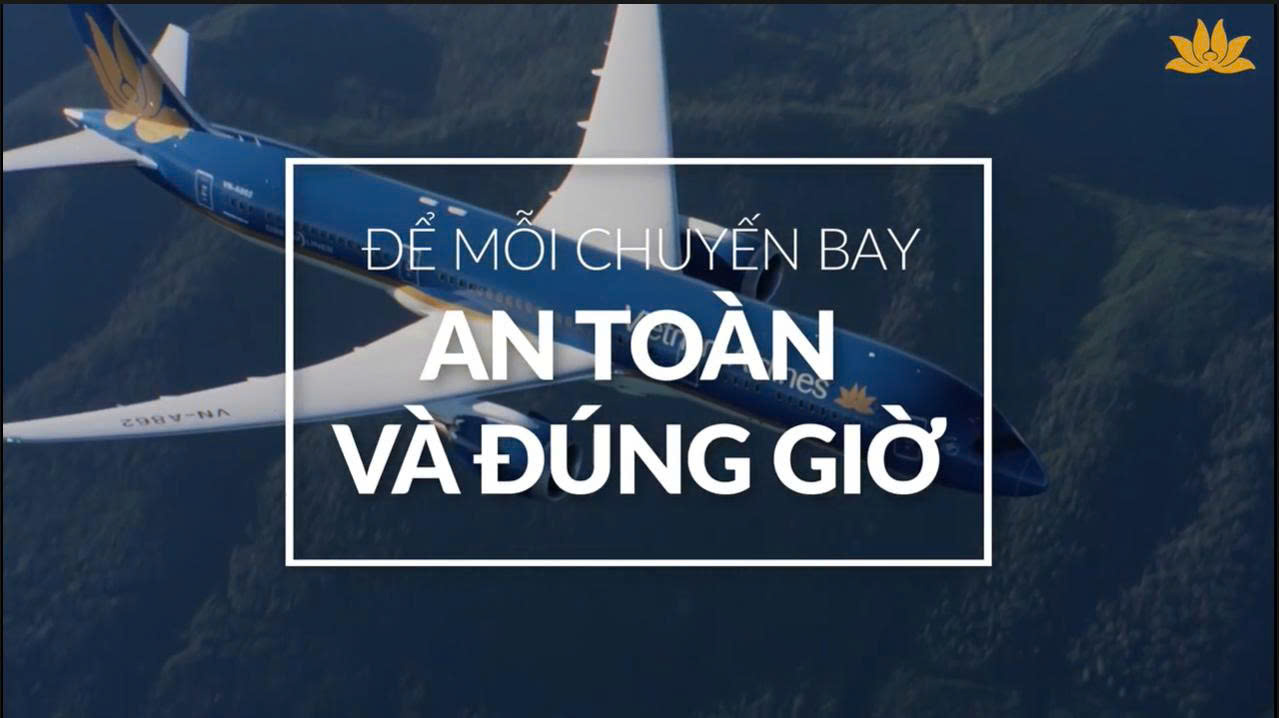President & CEO Duong Tri Thanh said that the initial goals of VNA in 2020 before the outbreak of nCoV were to transport 25 million passengers, with a consolidated revenue of US $4.7 billion and a consolidated profit of US $79 million.
However, the pandemic has significantly reduced the travel demand of domestic and international tourists in the VNA flight network. The suspension of VNA flights to/from China will directly affect nearly 70,000 visitors traveling each month between the two countries, not to mention passengers who have connecting flights through China.
 President & CEO Duong Tri Thanh received Mr. John Boudreau – Chief Representative of Bloomberg in Vietnam. (Cre: Vu Tuan).
President & CEO Duong Tri Thanh received Mr. John Boudreau – Chief Representative of Bloomberg in Vietnam. (Cre: Vu Tuan).
Assuming the market will recover in July 2020, VNA predicts that in the worst case, the pandemic could cause losses of up to US $196 million. President & CEO Duong Tri Thanh shared that VNA will need to come up with initiatives to reduce costs and maximize efficiency by adjusting operations to cope with these projected potential losses so that the carrier can achieve positive financial results by 2020.
Regarding the carrier’s air fleet, VNA is considering having the newly launched A321XLR put into operation to serve routes on which wide-body aircraft cannot be utilized. At the same time, the operation of the new narrow-body aircraft line will allow the airline to focus on key markets in Northeast Asia, such as South Korea and Japan. Regarding wide-body aircraft, VNA has received 3 of 8 Boeing 787-10 aircraft with the expectation to receive the last one in early 2021. President & CEO Duong Tri Thanh emphasized that all new aircraft lines will help VNA save in fuel costs and maintenance costs. Most importantly, they are expected to bring improved comfort to passengers.
Regarding VNA’ plan to fly to the US, Mr. Thanh shared that the carrier still has many preparatory works related to legal procedures, commercial activities, and resources. VNA is awaiting approval from the United States Federal Aviation Administration (FAA), Transportation Security Administration (TSA), U.S. Customs and Border Protection (CBP), National Safety and Transportation Commission (NTSB) and other US competent authorities before the service is officially launched. The most difficult issue is how to generate enough profit in spite of high operating costs, as the main customer segment is those visiting friends and relatives – a segment that is generally price-sensitive.
The full interview is scheduled to be posted on the Bloomberg.com website along with the full Bloomberg TV video to be broadcasted on 10th of February, 2020.
Nguyen Mai Huong-COMM










